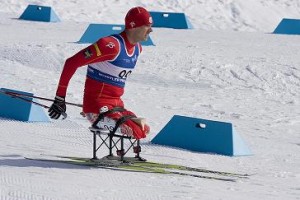By Sarah Greer, WTC Stratcom
At AW2 Annual Training on Friday, the staff attended a session on Resiliency and Compassion Fatigue. Like AW2 Family members and caregivers, AW2 staff are empathetic, compassionate people, and they are usually deeply emotionally invested in the AW2 Soldiers and Veterans they support.
As I listened to the session, I wondered if some of the suggestions could also be applicable to AW2 Family members and caregivers. I’m not a psychologist or therapist, so I’m not an absolute source, but I thought this information might be helpful to others.
The presenter, Dr. Lisa Landry, explained that resiliency involves sustaining good health and well-being during stressful conditions. It’s usually not a natural skill; instead, it’s usually a learned strength. This doesn’t mean that resilient people deal with everything perfectly, but that they actively work to prevent burnout, take care of themselves, and prevent suffering.
Dr. Landry suggested several tips for preventing compassion fatigue and increasing resiliency, such as:
- Acknowledge what is happening – it’s okay to admit that you’re dealing with a difficult situation
- Take a break when you need one
- Listen to your Family and friends who notice you’re disengaged, irritable, or isolated
- Take care of yourself physically, emotionally, socially, spiritually, and mentally; This includes getting enough sleep and exercise, eating well, and engaging in creative and social activities
- Find a peer to talk to and share how you’re feeling; Another AW2 Family member or caregiver is probably going through a similar experience
- Keep your sense of humor and let yourself have fun in life
- Be aware of how you’re feeling and look for things that revitalize and invigorate you
- Make time for yourself
- Make time for your Family and friends
During the months I’ve supported AW2, I’ve had the privilege of talking to many AW2 Family members and caregivers – to spouses and parents, as well as AW2 children. I’ve been incredibly impressed by their big hearts and deep resilience. They show so much grace and compassion, and I hope they’ll continue to take care of themselves as they support their AW2 Soldiers and Veterans.


